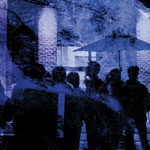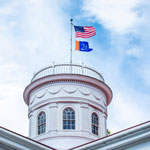
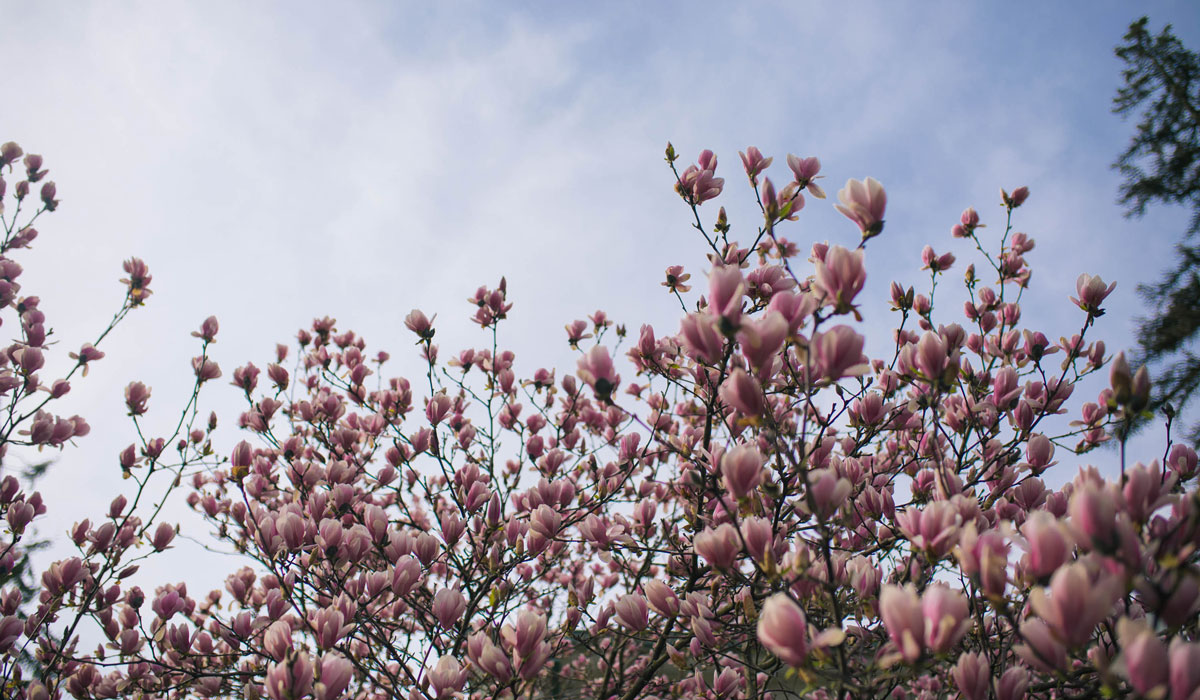
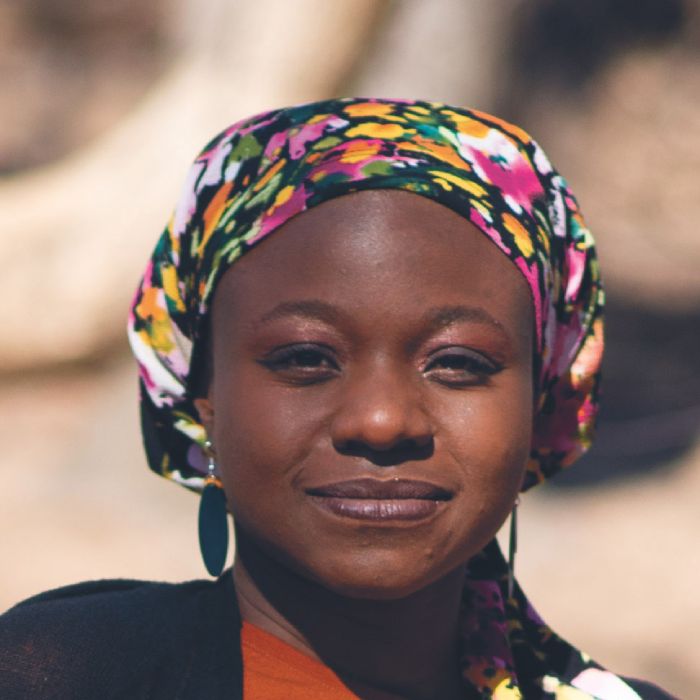
Tikvah Nadia Womack ’07
Licensed Clinical Professional Counselor and Expressive Arts Therapist
Resilience is an interesting concept. It is the one outcome that, as therapists, we all strive for our clients to have in the face of their challenges, whatever they may be. But how exactly does one acquire resilience? Is it nature or nurture? How can one person experience a traumatic event and thrive, and another person experience the same event and crumble?
One of my favorite quotes is from Ernest Hemingway: “The world breaks everyone and afterward many are strong at the broken places.” During times like this, when it is evident that the “world” is surely challenging us all, some will arrive as close to intact as possible on the other side of this, while others will be piecing things together long after.
So, how do we arrive at this place called “resilience”? I believe the key is in the simple act of showing up. If the world breaks us all and we still wake up the next day to greet that same world that broke us—to me, that is a form of resilience. When everything is so personal, and so uncertain, and we still show up, that is the awe of humanity—keep showing up.
“The world breaks everyone and afterward many are strong at the broken places.”
— Ernest Hemingway

Ben Fruchtl ’20
Elementary General and Instrumental Music Teacher
Oftentimes, our character is displayed out in the open during moments of adversity. An ordinarily amiable person may lash out in anger when confronted with prolonged challenges, or someone who appears well put together may fall apart when a plan fails spectacularly. I have found that resilience is not the ability to force your way through adversity, but rather, it is the ability to maintain the best parts of yourself through the adversity.
After graduating and teaching for the first time, I tried to maintain a compassion for my students and to express kindness and empathy in a difficult time. But true resilience lies not only in maintaining my own character, but in helping others to foster theirs, as well.
In recognizing that many others have experienced far worse than I could ever possibly understand, whether it be poverty, persecution, or loss, I try to take on the role of supporting and helping others to be resilient, as well—whether through teaching, resource building, or just a phone call. My hope is for all of us to use our own gifts and talents to help each other be resilient, together.
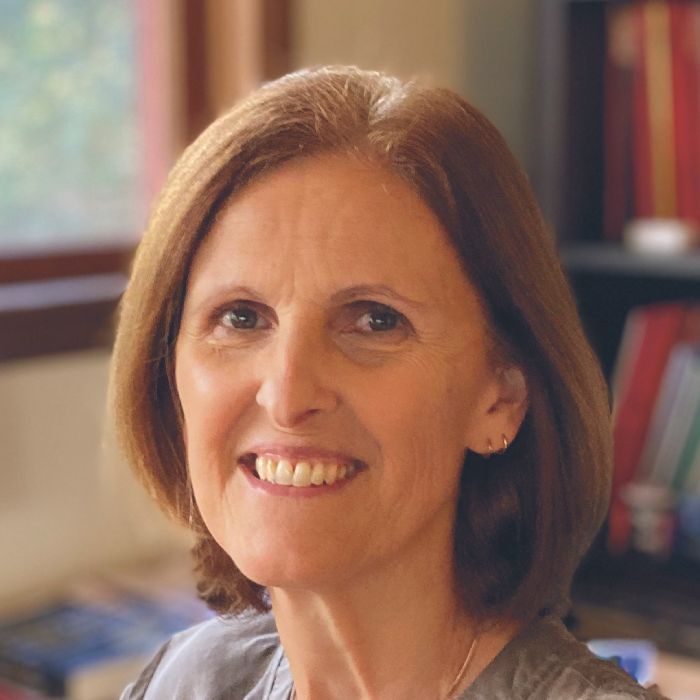
Nathalie Goubet
Professor of Psychology
I teach a seminar entitled Coping with Adversity: Resilience in Childhood.
Resilience is defined as the capacity to bounce back from difficult circumstances. Research tells us that resilience is not simply “pulling yourself up by your bootstraps.” Showing resilience in the face of adversity is a process, not a set of personality characteristics. It develops from a constellation of psychological and environmental protective resources. Strong predictors of resilience include growing up with a loving and reliable caregiver, having access to physical resources, and enjoying rich social support from family and friends.
However, research shows that, even when resilient, we carry trauma with us in our minds and bodies, making mutual caring and the construction of those stable support systems all the more critical.
The last few months have shown us multiple examples of resilience, what researcher Ann Masten calls “ordinary magic,” as we all have been forced to weather this traumatic disruption in our lives. Resilience is not a unique quality possessed by a few sturdy heroes. Rather, we are all capable of this “ordinary magic."
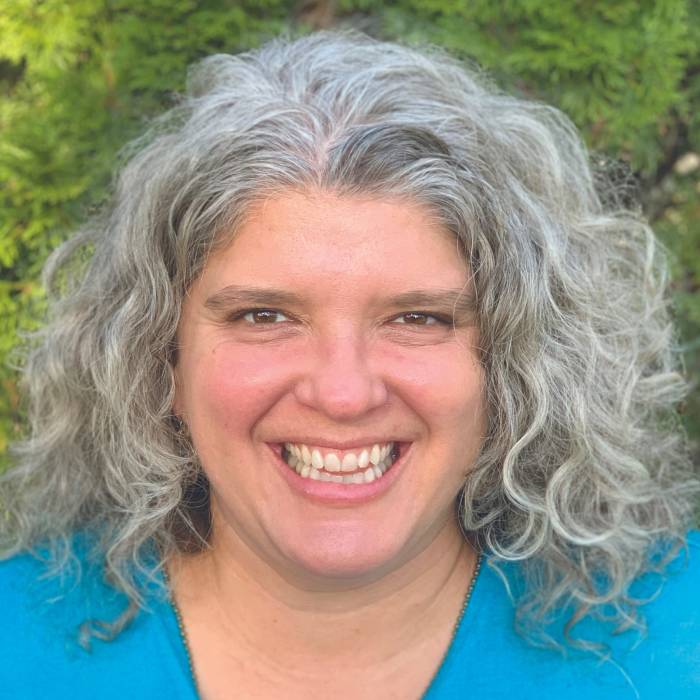
Gretchen Carlson Natter
Executive Director of the Center for Public Service; Assistant Dean of College Life
When I think of resilience, I think of my grandparents’ farm with the change of each season: the old tractor and tiller preparing for acres of crops in spring; adventuring through tall reeds by the pond in summer; hundreds of pumpkins for sale piled on the front porch in fall; and sledding with cousins at dizzying speeds down steep hills in winter. Each season brought a new challenge and a new joy, made rich by the dozens of relatives who shared in the work and rhythms of the farm.
This was my first experience of a resilient community —a thriving group of people who intentionally provided care to one another while adapting to the cycle of seasons, changing times, and shifting expectations. Each of us actively contributed, and our continued learning and skill development were made possible by the mutual support we received. This has shaped my understanding of resilience—the power of participating in a community that actively invests in me and others, fostering a strong sense of community faith in me and my faith in the community.
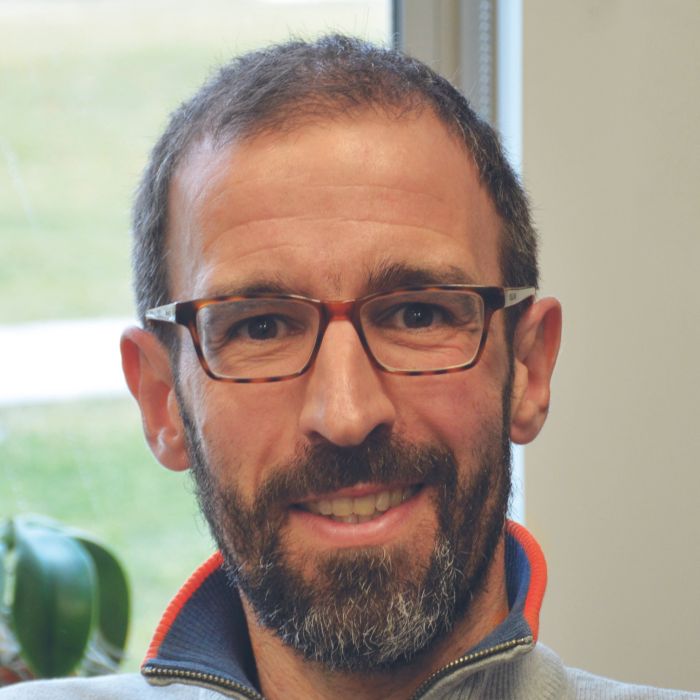
Josef Brandauer
Director of the Johnson Center for Creative Teaching and Learning; Professor of Health Sciences
Anybody who studies how living organisms persist and thrive through change is fascinated by the concept of resilience. As a physiologist, this is my main area of research. In fact, resilience is the main reason I became a scientist; as an undergraduate, I was fascinated by how the body responds to, and even requires, stress.
In humans, regular disruption of the status quo allows for growth and change; it’s how physical activity strengthens our bones, builds muscle mass, and preserves the health of our brains and hearts as we go through life. But for this growth to occur, a period of rest and calm following the disruption is essential. It is this full cycle that allow for growth and adaptation. This is where our faith in resilience can become dangerous; enduring excessive, permanent stress, without rest, is not healthy.
So, is it important to be resilient? Yes, absolutely. But there can be deep inequities in how stress and disruption are distributed. As a professor and the director of the Johnson Center for Creative Teaching and Learning, I see my role as creating learning environments where we can all find the right balance between challenges and recovery—learning environments that allow participants to be resilient by removing obstacles standing in the way of their growth and success.
“In humans, regular disruption of the status quo allows for growth and change. ... but for this growth to occur, a period of rest and calm following the disruption is essential. It is this full cycle that allows for growth and adaptation.”
— Josef Brandauer

